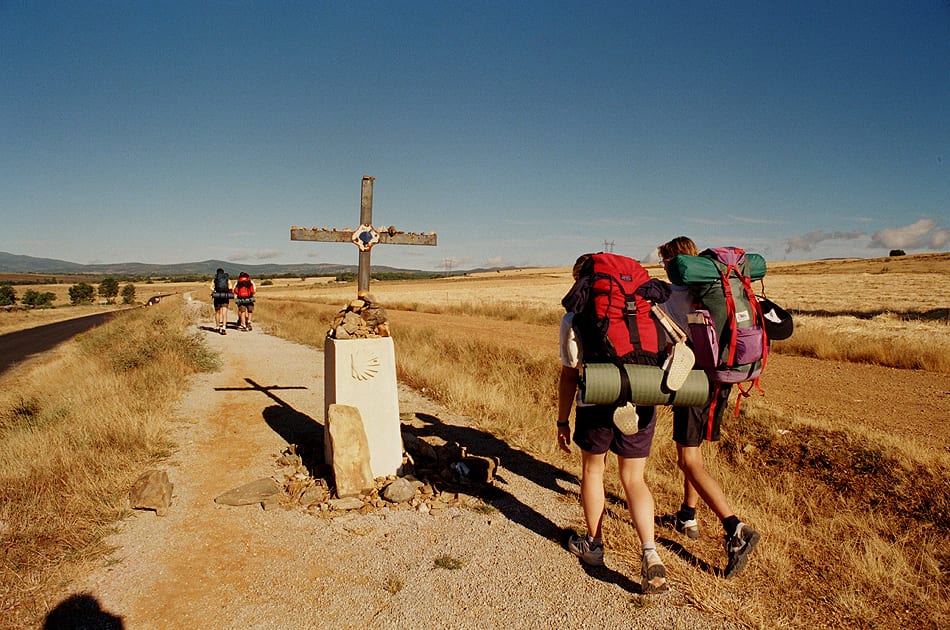MILLIONS of Spaniards will enjoy a public holiday today as regions across the nation unite to celebrate the Day of Santiago Apostol.
Santiago – better known in English as Saint James the Great – was one of Jesus’ twelve apostles and has the honour of being Spain’s patron saint.
After the crucifixion and resurrection of Jesus, legend dictates that Santiago travelled to the Iberian Peninsula where he preached the gospel.
According to ancient local tradition, on January 2, 40 AD, the Virgin Mary appeared to Santiago on the banks of the River Ebro in Caesaraugusta, the Roman name for modern-day Zaragoza.
The Virgin Mary appeared on a pillar, and this has been immortalised by the magnificent Basilica of Our Lady of the Pillar which towers over Zaragoza.
READ MORE: Tic-Tac-Woah! Calls to preserve Spain’s Santiago de Compostela noughts and crosses carvings

Santiago returned to Jerusalem where he was executed in 44 AD, becoming the first of Jesus’ apostles to be martyred.
His body was carried by his followers via sea to Galicia – they landed at Padron (home of the pepper), before carrying his corpse over land for burial at Santiago de Compostela.
On that journey, several miracles reportedly occurred – consequently, Queen Lupa converted to Christianity and gave up her palace to bury Santiago, which is now the Cathedral of Santiago de Compostela and an important center of devotion for Christian pilgrims.
Every July 25, the people of Galicia celebrate both the Day of Santiago and Galicia Day as the appearance of Santiago’s remains, according to legend, created the Galician capital, placing Spain’s northwesternmost corner on the world map.
Galicia is not the only corner to celebrate the legend of Santiago – Cantabria, Madrid, Navarra and the Basque Country also recognise the day as a public holiday.

Celebrations include masses, processions and cultural events, whilst many devout believers choose the date as the perfect time to complete the Camino de Santiago, the famous pilgrimage across northern Spain that culminates in Santiago de Compostela.
It is expected that thousands of pilgrims will flock to the city to pay homage to the apostle and Spain’s patron saint.
Video projections will be broadcast on the cathedral, while there will also be fireworks, regional dances and traditional music with street parties bringing extra life to the city.
The story of Santiago, however, is in danger of being appropriated by the far-right in Spain who have used one of its iconic mantras as a way to push forward nationalist policies.
Soldiers fighting in the Reconquest used the battlecry ‘¡Santiago y cierra, España!’, loosely translated as ‘Santiago and charge, Spain!’, inspired by the bravery of the country’s patron saint.
Its role as a chant predominantly used in battles against Muslim troops has led to it being used by far-right factions who once more are targeting minorities, especially in relation to immigration.
The phrase has been used in promotional videos by far-right Vox and in offensive social media posts by individuals linked to the nationalist movement.
Click here to read more News from The Olive Press.









If you are going to use the phrase you might as well translate it correctly.
Santiago y Cierra España.
Santiago and close Spain.
That is – close off the country and stop invaders. As stated it was used much in the Reconquista against the forces of Islam….